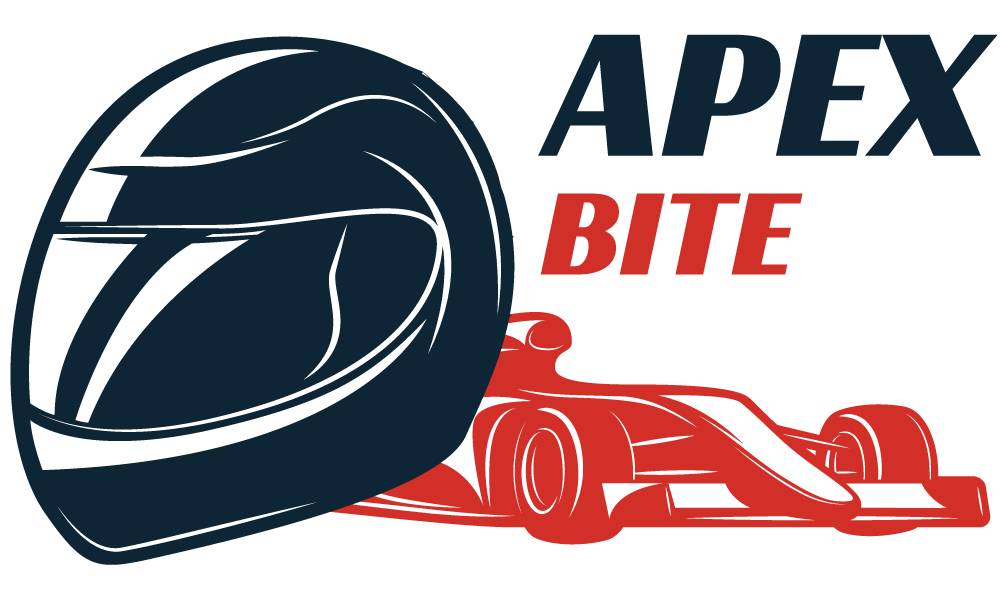Formula 1 drivers are raising concerns about the impact of Sprint races on team mechanics’ workload. With six Sprint events this season, the added strain could affect the sustainability of the racing calendar for the support staff.
Between the lines
- Max Verstappen acknowledges the improved Sprint format but cautions against increasing their number due to the additional stress on mechanics.
- Lando Norris prefers the traditional race format and highlights the toll the current schedule takes on mechanics and engineers, rather than drivers.
- Sergio Perez points out that the sport is pushing team members to their limits with 24 races in 21 countries, emphasizing the need to prioritize their well-being.
Go deeper
While the spectacle of Formula 1 Sprint races might boost viewership and excitement, it’s not just the cars that are feeling the pressure. Drivers like Verstappen, Norris, and Perez are waving the caution flag about the potential burnout of the unsung heroes of the paddock – the mechanics and engineers. The new race weekend format, which includes Sprint qualifying and the Sprint race, has made the weekends more compact and demanding.
Verstappen, the reigning world champion, admits that while the tweaked Sprint format has its merits, the relentless F1 calendar is already a marathon, not a sprint. He suggests moderation to avoid overworking the teams. Norris, the McLaren driver known for his jovial nature, has a more nostalgic view, yearning for the ‘good old days’ of racing formats. Yet, he’s serious about the well-being of the team members who clock in more hours than the drivers themselves.
Perez, the seasoned driver from Red Bull Racing, echoes his colleagues’ sentiments, highlighting the rigorous travel and work schedule that comes with a globe-trotting sport like F1. With the introduction of Sprints, the workload has only intensified, pushing the teams closer to the edge.
As the engines cool down after the races, the conversation heats up around the sustainability of the current F1 structure. The drivers’ united front serves as a reminder that while they may be the stars of the show, the mechanics and engineers are the backbone of the sport. As the F1 circus packs up for the next destination, it’s clear that the well-being of the team members will be a subject that needs more than just a pit stop’s worth of attention.





